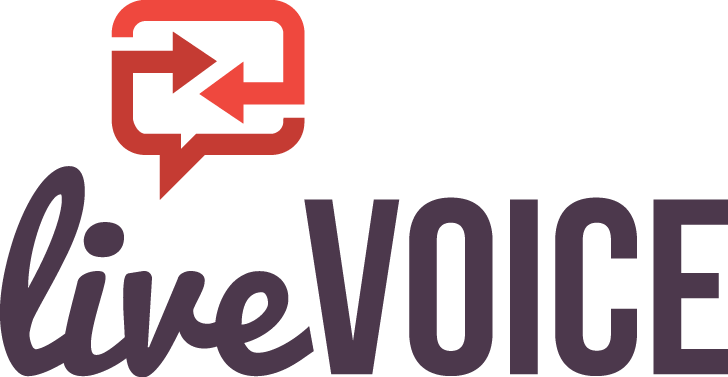Category: Lead Response
Speed and Persistence Produce Great Lead Response Results
An average response rate falls far short of what’s needed for sales success in today’s economy
Salespeople often complain about the leads they receive. Aside from always wanting more prospects, another all-too-common criticism relates to lead quality—or more precisely a lack of quality. While it’s possible the leads may in fact be of poor quality (which points to a marketing misalignment), another possible explanation is the salespeople’s tepid response turns hot leads into cold leads, which makes it appear that the leads are of poor quality, when in fact they aren’t—or at least they weren’t.
“The speed of reaction stands as the single biggest determining factor in lead quality,” says Adam Berkson, president of LiveVoice, a boutique call center that specializes in timely lead response. “The painful reality is that lead quality decreases over time.” As the clock ticks away the minutes, imagine the quality of the lead decreasing along with it.
Tick, tick, tick and an otherwise good lead turns into a poor one.
How much time do you have? As it turns out, not much. Consider these three stats culled from a MIT study and the implications their numbers provide.
REACT FAST
To seize the full value of a lead, the key is to not sit on it but to call right away. Responding to leads within one minute can boost conversion rates up to 500 percent, the study found. Berkson agrees. His company’s standard is to call leads within thirty to sixty seconds. His results back up the academic study. “If a salesperson calls within one minute, it’s highly likely they’ll assess the lead as being a quality prospect. Yet if they were to wait a few days before making that first contact, they’d likely classify the prospect as a poor lead,” says Berkson. “Time diminishes the interest of the prospect. It’s that simple.”
KEEP ON CALLNG
While the first call is critical, so is the second one. In this case, the study found the average number of attempts salespeople make to call a new prospect is a mere 1.3 calls. Then they give up. This suggests few salespeople even bother to make a second call. “The idea of ‘once and done’ is a flawed lead nurturing strategy,” says Patricia Totton, CEO of TeleServices Direct, a worldwide provider of outsource call center services. “When it comes to selling, persistence pays off.”
AVERAGE ISN’t GOOD ENOUGH
A third element of the study revealed that the average response time for B2B companies to make their first contact attempt to reach leads was a staggering forty-two hours. “If you wait almost two days to contact a lead, you’ve waited too long,” Berkson says. “It’s no wonder that the typical salesperson claims they receive poor quality leads, because an average salesperson waits too long to call.” It becomes a self-fulfilling prophecy: The salesperson assumes the lead isn’t a good one, waits too long to call, and by then the prospect has gone on to something else. The salesperson says, “I told you so” and the next time waits even longer, making his or her suspicion that it’s a bad lead even more likely.
Instead, the wise salesperson, who will also be the successful one, responds fast, is persistent, and never thinks of being average. And for them, most every lead seems like a good one. Imagine that.
LiveVoice understands how important every call is to your business. Contact them about customizing their flexible, premium phone support service so you can turn opportunity into profit.
Peter DeHaan, PhD, is a freelance writer, call center authority, and publisher of Connections Magazine, which covers the call center industry.



